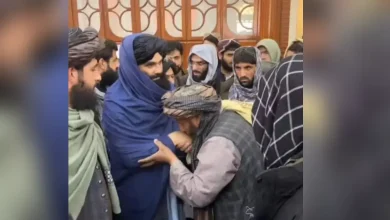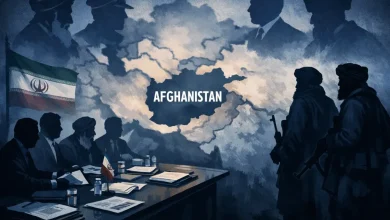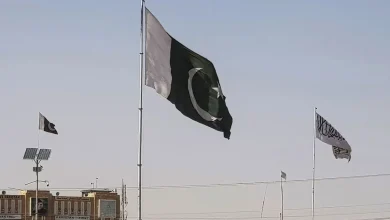Taliban and Pakistan Executing US Strategy to Destabilize Region, Analyst Claims

Engineering Chaos
The claim that Pakistan is involved in a project to destabilize the region is accurate, but Islamabad functions more as a contractor executing the plan rather than its architect. Given its political and economic constraints, Pakistan lacks the capacity to design and implement such a strategic project on its own.
The Taliban is another contractor in this project, playing a complementary role in a broader scenario aimed at shifting the balance of power in the East against the United States.
Evidence suggests that the U.S. is leveraging instability in this geography—through actors like Pakistan and the Taliban—to achieve two goals:
1. To limit the influence of its geopolitical rivals—particularly China, Russia, and Iran—by disrupting access to the region’s potential resources and obstructing their investment projects.
2. To pave the way for deeper intervention in regional affairs, under the guise of “counterterrorism” or “maintaining stability.”
In the current scenario, Washington is attempting to create a fabricated dichotomy between the Taliban and Pakistan. On the surface, this divide appears to be political and border-related conflict, but in reality, it’s a mechanism for generating insecurity and transferring its consequences to America’s regional competitors.
In other words, the United States wants regional powers to view the Taliban as a force capable of containing unrest within Pakistan’s borders rather than allowing it to spill into Iran or Central Asia. This perception could ultimately push some regional countries toward recognizing the Taliban—a move the U.S. could use to substantiate accusations of their support for terrorism.
Russia, in seeking to build a security buffer zone to block instability from spilling over from Afghanistan, has already recognized the Taliban. There are signs that Tehran may adopt a similar approach.
The recent visit of Kazem Gharibabadi, Iran’s Deputy Foreign Minister, to Kabul can be interpreted within this framework. Reports also suggest that Iran’s Foreign Ministry is planning to redeploy a former deputy ambassador to Kabul, possibly based on a belief that his ties with the Taliban might prevent cross-border instability from affecting Iran.
But is the assumption accurate that the Taliban can prevent the spread of insecurity to Iran and Central Asia? Certainly not.
Proponents of engagement with the Taliban in Tehran and Moscow continue advocating for this relationship based on flawed assumptions, despite a recent review of the four-year interaction with the group.
These misconceptions include the belief that the Taliban’s conflict with Pakistan is genuine, that the group is hostile to the United States, and that it has severed ties with Salafist terrorist organizations.
The truth is the Taliban was born out of Pakistan’s political and intelligence environment and maintains deep ties with the country. It’s highly unrealistic to expect the Taliban to break from Pakistan and adopt a strategically friendly stance toward Shiite-majority Iran or non-Muslim Russia.
Two key facts are deliberately ignored by advocates of engagement with the Taliban:
First, armed Salafist separatists from Iran and Central Asia are based in Taliban-controlled territory. The Taliban not only governs these areas but also has the capacity—and potentially the intent—to support these groups. Thus, if instability expands from those groups, the Taliban is clearly the source.
Second, whether the Taliban’s role in America’s destabilization strategy is intentional or not, a pressing question remains: What will the Taliban—created within Pakistan’s intelligence and political framework—do when faced with future tensions with Iran or Russia?
The reality is that the region is entering a critical phase of geopolitical and security reshaping. The script is being written by the U.S., with its primary objective being the weakening of its regional adversaries. The main actors in this scenario are Pakistan and the Taliban.
Regional countries are now faced with a tough decision: either trust the Taliban and entrust their security to a group with a poor record of honesty and commitment, or abandon years of investment in Taliban engagement and seek regional security through independent, cooperative mechanisms.
It is now almost clear that any interaction with the Taliban—particularly efforts to recognize the group—effectively means playing into a U.S.-designed plan.
By Seyed Ahmad Mousavi Mobalegh




